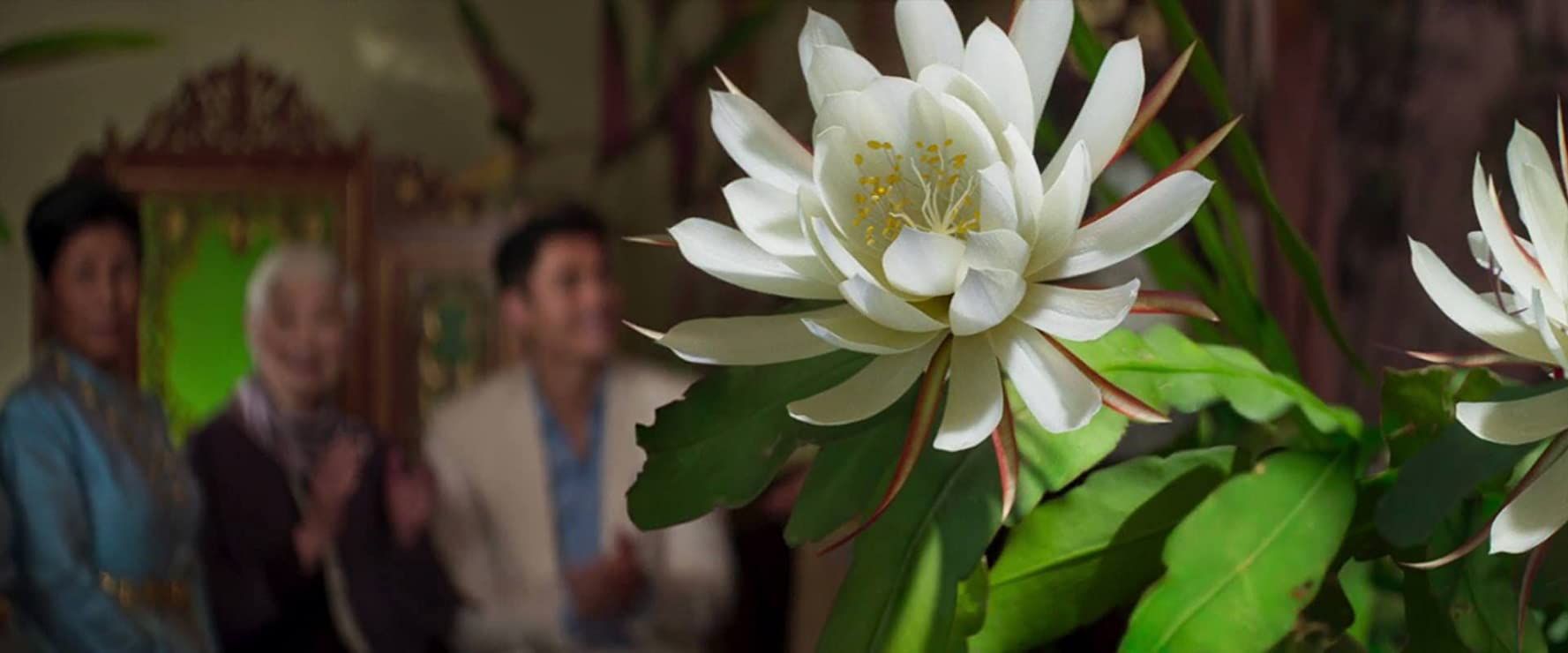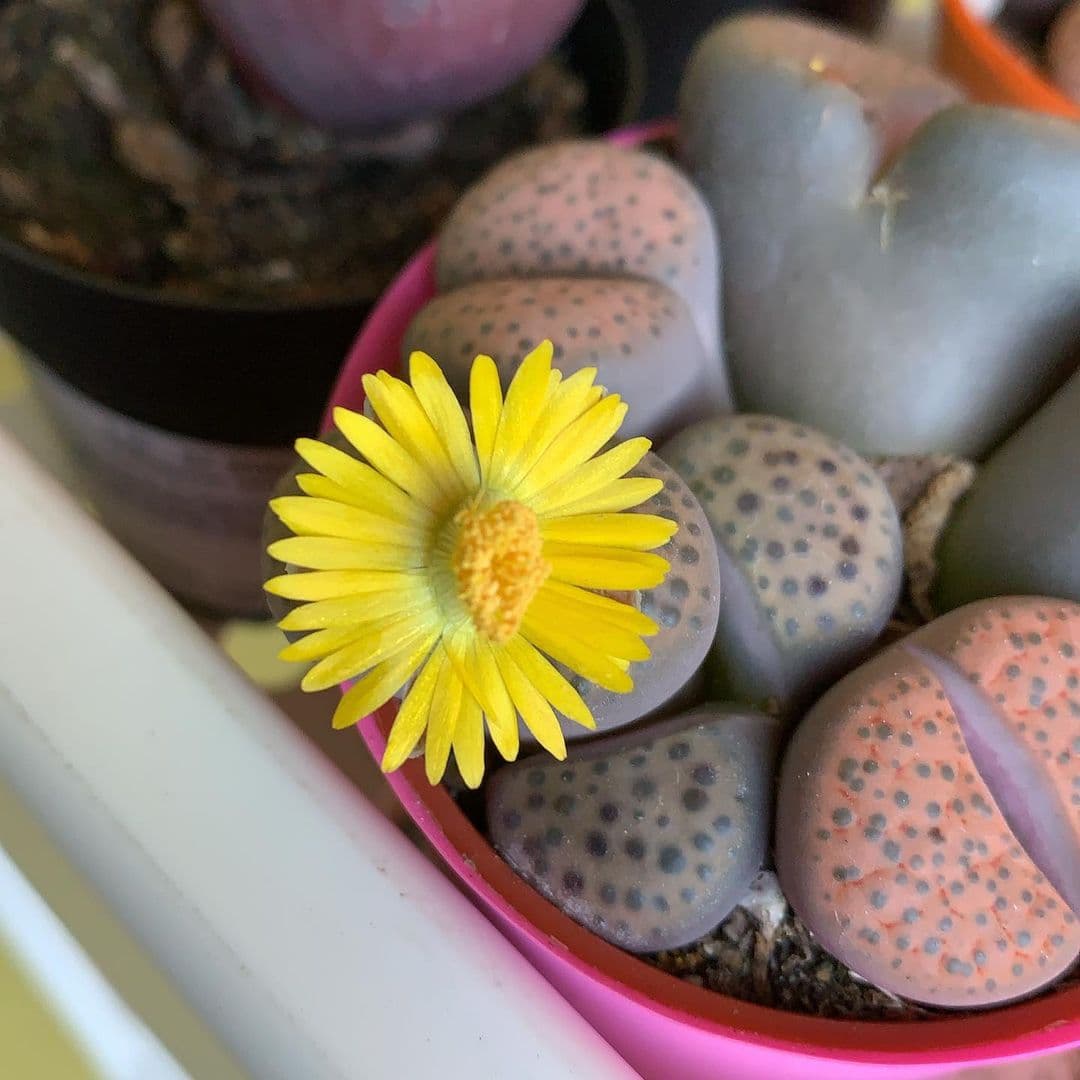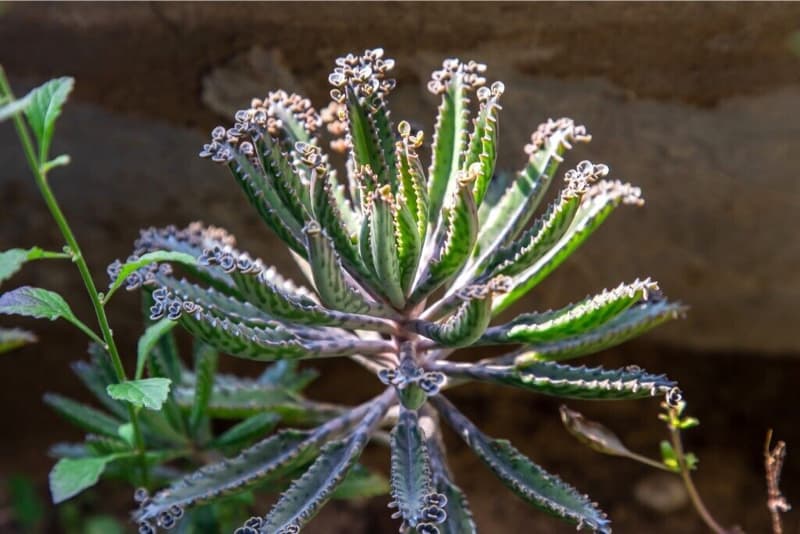Epiphyllum Oxypetalum (Queen of the Night)
Posted by Grace on July 22, 2024
Epiphyllum oxypetalum, also known as Dutchman's pipe cactus, Princess of the Night, or Queen of the Night, is a cactus species native to Mexico and Nicaragua. It is a tropical epiphyte to lithophyte, meaning it grows on the surface of other plants and derives nutrients from rain, air, and debris. This cactus blooms nocturnally, with flowers that wilt before dawn, and is the most cultivated species in its genus.
Quick Facts
- Native Habitat: Mexico, Nicaragua
- Family: Cactaceae
- Water: Soak the soil completely when watering and water frequently, letting the top of the soil dry out between watering.
- Sunlight: Partial shade or bright, indirect light
- Soil: Well-draining, average succulent/cactus soil mix
Contents
Why it is called Epiphyllum oxypetalum?
The name "Epiphyllum oxypetalum" comes from Greek and Latin roots. "Epiphyllum" is derived from the Greek words "epi-" meaning "upon" and "phullon" meaning "leaf," referring to the plant's habit of growing on other plants. "Oxypetalum" is from the Greek "oxy-" meaning "sharp" or "acute" and "petalum" meaning "petal," referring to the shape of its petals.
The Chinese name for the plant is 昙花 (tan hua). It is sometimes referred to by this name, particularly as mentioned in the popular movie based on the book Crazy Rich Asians.
 Epiphyllum oxypetalum is featured in a scene from the movie Crazy Rich Asians.
Epiphyllum oxypetalum is featured in a scene from the movie Crazy Rich Asians.
 Epiphyllum oxypetalum is featured in a scene from the movie Crazy Rich Asians.
Epiphyllum oxypetalum is featured in a scene from the movie Crazy Rich Asians.
In Chinese, there is a phrase called 昙花一现 (tán huā yī xiàn), meaning "a fleeting glimpse of a flower" or "something that is beautiful but short-lived." This phrase is often used to describe something that appears briefly and then disappears, much like the night-blooming flowers of the Queen of the Night cactus.
The Appearance of Epiphyllum oxypetalum
Leaves
There are no true leaves, but flattened stems that can be easily rooted.
Flowers
The Queen of the Night is a night-blooming cactus that blooms once per year, reaching full bloom around midnight and typically lasting only that one night. The flowers are white, huge, showy, and fragrant. If pollinated, the flowers are followed by 5-inch long, oblong, purple/red fruits. A mature plant can produce flowers from spring through mid-summer.
This behavior is an example of a pollination syndrome.
A pollination syndrome occurs when a plant co-evolves with its primary pollinators in a way that increases the likelihood of successful pollination. The Queen of the Night’s main pollinators are bats, which explains why it blooms at night when its pollinators are active. The large, white, disc-shaped flowers are more attractive to bats. Interestingly, multiple plants bloom on the same night each year, though it is not known how this synchronization occurs.
The flowers grow on flattened stems and are up to 30 cm (12 in) long and 17 cm (7 in) wide.
How to Care for Epiphyllum oxypetalum
Light
Give this plant partial shade or bright, indirect light.
Watering
Soak the soil completely when watering and water frequently, letting the top of the soil dry out between watering. Cut down on watering during the winter to 1-2 times per month.
Soil
Provide a well-draining, average succulent/cactus soil mix.
Temperature
Bring inside when temperatures cool to the mid-30s. It can be grown as an outdoor tropical plant in zones 10 and 11. In cooler zones, it can be placed outdoors during the summer months, then brought in as the temperatures drop.
Humidity
Ensure moderate humidity levels typical of rainforest settings.
Fertilizing
Feed with a balanced, water-soluble fertilizer during the growing season.
Pruning
Trim the long stems back if the plant becomes top-heavy, ensuring stability in its container.
Repotting
Repot into a larger or heavier container as needed to maintain stability.
Dormancy
Reduce watering in winter to 1-2 times per month.
Pests and Diseases
Watch for common pests like mealybugs and aphids. Treat as necessary with insecticidal soap or neem oil.
Is Epiphyllum oxypetalum Toxic to Pets?
Epiphyllum oxypetalum is generally considered non-toxic to pets.
How to Propagate Epiphyllum oxypetalum
Propagate by taking stem cuttings, allowing them to dry for a day or two, then planting in a well-draining soil mix.
Where Can I Buy Epiphyllum oxypetalum?
Epiphyllum oxypetalum can be purchased from various online plant retailers, specialty cactus and succulent nurseries, and sometimes at local garden centers.
FAQ
How often does Epiphyllum oxypetalum bloom?
A: It typically blooms from spring through mid-summer, with flowers opening only once, at night, and lasting only that one night.
Can Epiphyllum oxypetalum be grown indoors?
A: Yes, it can be grown indoors in a bright, indirect light setting.
Is Epiphyllum oxypetalum edible?
A: Epiphyllum oxypetalum is edible and has medicinal uses. In various Asian cultures, including India, Vietnam, and Malaysia, it is used to treat respiratory issues, bleeding conditions, and is believed to help reduce pain and inflammation.






